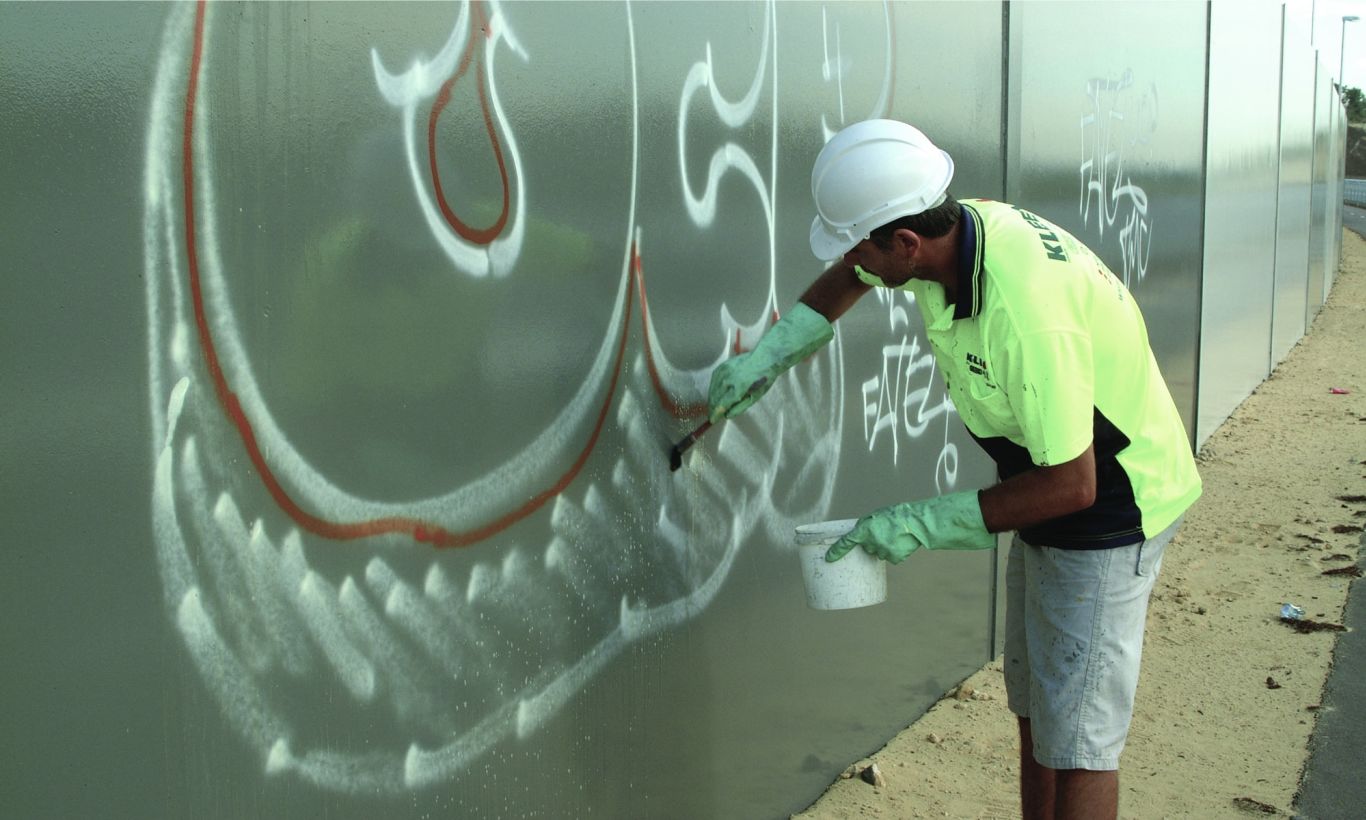
Key Issues in solving the problem of graffiti vandalism in Public housing.
by Yair Frid, onGraffiti CoatingGraffiti Removal , September 15, 2013

by Yair Frid, onGraffiti CoatingGraffiti Removal , September 15, 2013
In public property, it is sometimes difficult to distinguish between some forms of intentional damage and natural wear, negligence and indifference.
Vandalism seems to be part of the spectrum of behaviour that starts with simple forms of neglect, e.g. littering, walking through shortcuts on flowers or bushes planted recently, to the extent that the damage is intentional: Breaking windows, detaching public phones, or damaging fire extinguishers and emergency hoses.
Some psychologists believe that this happens because people don’t feel that the public housing is theirs and therefore do not feel responsibility for it. For the common welfare, one solution would be to establish a sense of belonging to the property homes.
A possible solution for this problem may be the way in which this public housing is administered. Instead of treating landlords as welfare supplicants, they must be treated with the same attitude than when a customer is buying a service. A more open and relaxed attitude in the administration, where it must be possible to report repairs, asking about the rent and transfers without having to fill out forms or having to go to court.
The key to controlling vandalism and graffiti in public housing consists of recognising it with its special features.
• It is “public” and therefore it does not generate a sense of “ownership” among the residents.
• The buildings are densely populated which can cause friction between the occupants.
• The maintenance of the common and private areas is slow and inefficient.
• Buildings, common areas, and the interiors were not designed nor built to prevent graffiti or other types of vandalism.
• There is a high percentage of children and the inevitable family problems.
• Living in public housing is socially stigmatised, it is too large to be managed properly and bureaucrats run it.
What needs to be done to effectively remove graffiti and vandalism is:
-An administration with a humane approach that helps and promotes a sense of ownership, belonging and pride among the tenants.
-Communication between designers, architects, and the staff that gives maintenance to the buildings so that they know where the weaknesses of the design in the construction are.
Special planning in special places for children so that it does not become vandalism.
Proper maintenance so that vandalised property and neglect don’t attract more graffiti and destruction.
Major changes in the organisation and training of the administration personnel of the housing must be implemented for a successful implementation.
The strategy to minimise graffiti and vandalism in public housing can be summed up in three points:
1) Avoid high density of children.
2) Provide spaces for young people
3) Use vandal proof materials (for example: anti graffiti coatings on external walls).